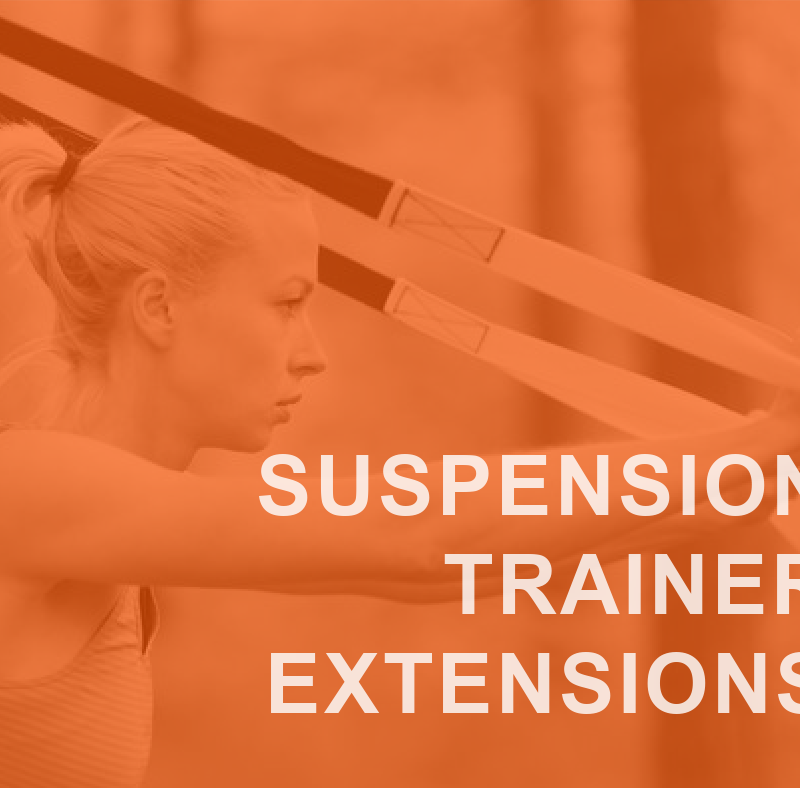
Using a suspension trainer should be in every trainer’s toolbox because of its inherent convenience, versatility, and impressive efficacy. There are endless possibilities for exercise options, limited only by creativity. The suspension tricep extension is one of the best exercises for integrating core work with targeted arm work.
You are basically getting the benefits from owning a plank position (ribs down, abs and glutes engaged) coupled with a tricep push exercise for developing stronger arms and lockout strength for other pressing movements. The best part about performing this movement is that it’s easy to get into and adjust based on your strength level; no cable machine needed on this one.
By using the suspension trainer you force the body to create more stability and more tension then you would normally get from using free weights with the lying dumbbell extension or with an exercise cable extension. The body is forced to control the movement not just resisting extension with the lower back but also shoulder rotation from assisting. You also pushing against your own bodyweight which offers a unique stimulus to overcome the instability of the suspension straps.
Muscles worked
The primary muscles worked are the triceps brachii and stability from rectus abdominus with secondary muscles such as anterior and posterior deltoids and glutes.
Learn more in our Functional Training Specialist as a part of our Continuing Education Course Series.

Setup
Grab the suspension handles and keep your arms straight in a slightly lean-forward position. Be sure to put your upper body weight onto handles. Keep a straight line from shoulders to feet.
Execution
Slowly lower your body by bending at the elbows, keeping the upper arms at a right angle to the torso (don’t allow them to drift towards the ears) while allowing suspension handles to move towards the eyebrows. The body will move up and back until arms are extended. For best results come down for 3 seconds and drive up with a 2-second squeeze at the top (fully-contracted position).
Common mistakes
- fixed wrist
- hyperextension in the lower back
- overlengthening triceps at the bottom of the position (causes stress on the tendons and joints)
- not maintaining a posterior tilt with hips
Variations
You can perform this exercise in a standing or tall kneeling position (such as in the demonstration video) or even by using gymnastic rings instead of a suspension trainer. A strong core must still be engaged and a straight line from knees to shoulders.
Give it a try
If you have never tried this exercise, you are missing out! Your core and triceps will feel this later. Remember it’s all about the form so start out easier by moving away from the anchor of the suspension trainer. Once you master that position trying moving down a bit; you would be surprised by how much more challenging moving down 1 to 2 inches can be.







